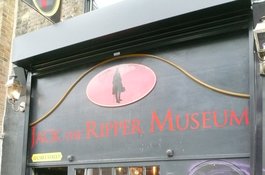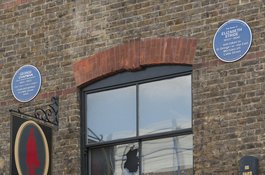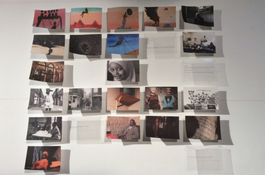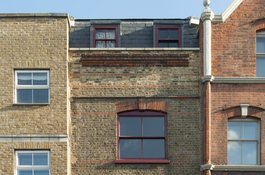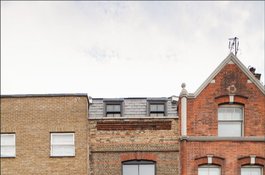Ali's Cafe
Contributed by Numbi Arts on Oct. 6, 2017
One of the last surviving Somali Cafes in Cable Street. During our research we uncovered a series of Artist, Photographers and Histories who have been documenting Ali's Cafe, and one of them was Christian Petersen. We contacted Petersen for him to make this work available to us for our Take Me to Rio exhibition and series of community dialogue events and heritage walks in 2015, and this image is from that exhibition.
Christian Petersen's Photos and Memory of Ali's Cafe - http://www.christianpetersen.com/alis/
An extract is found below: "Ali’s Place is a gathering place, a hang out or den for Ali’s friends to come and chew qat but also for people who are lonely in the community or just fancy coming in for the banter. The building is a tall Victorian warehouse, it cost next to nothing I was told. In the 50’s when Ali arrived in the UK this part of London, Tower Hamlets, was bustling. The area around Cable Street was home to pubs, nightclubs, brothels, drinking dens and cheap dockside cafes. Ali had a cafe that served the Yemeni and Somali sailors in the area and eventually he raised the money to buy ‘Ali’s Place’. Everyday a group of people, his friends, arrive in the afternoon. The TV flickers all day until about 8pm when the place closes up. Here you will find Yemenis, Somalis, Ethiopians, Iranians, Libyans, many are regulars, if they don’t show one night then there is concern amongst the regulars. Everyone helps one another out. One day we went to visit one of the older Yemeni men in the hospital in Whitechapel. He’d gone into theatre and his wife was sat alone in a corridor on a chair by a oblong window that looked over London. I later found out he’d had to have his leg taken off below the knee. They talked about him later that day at Ali’s. He was happy they said."
